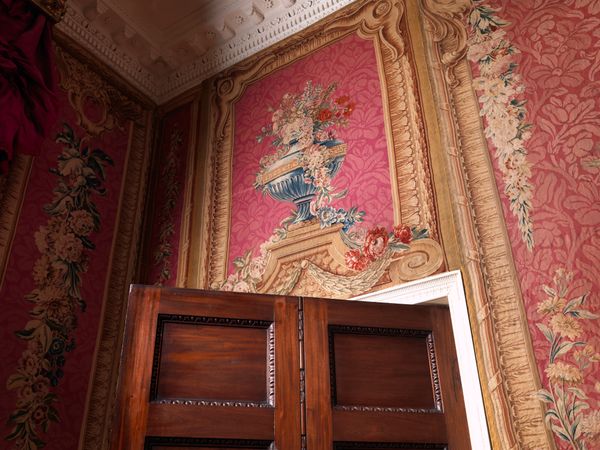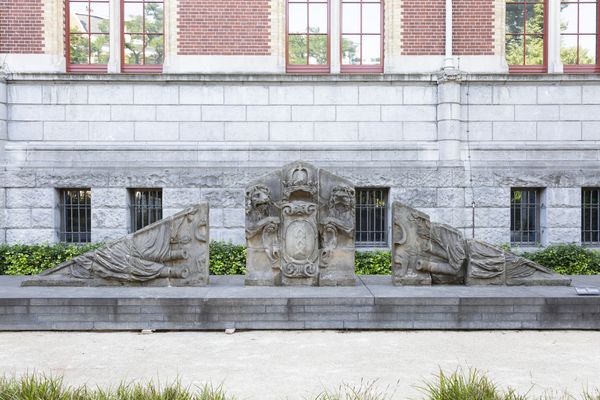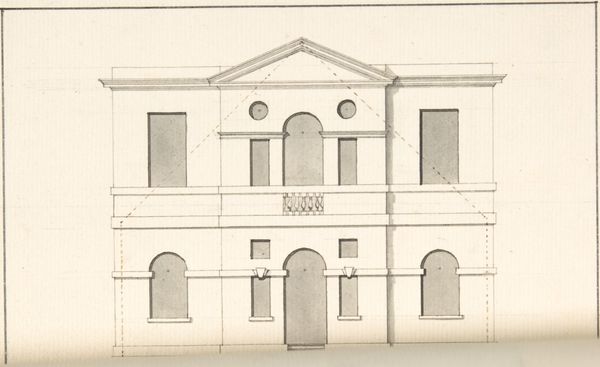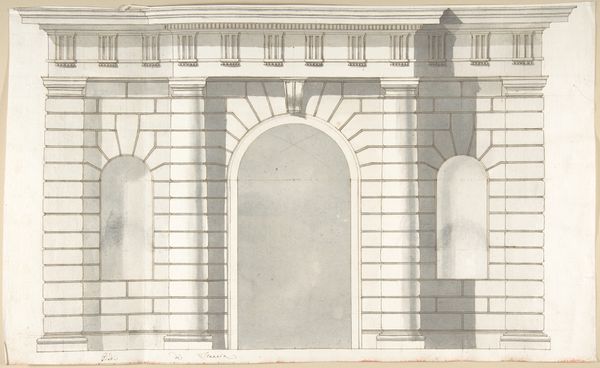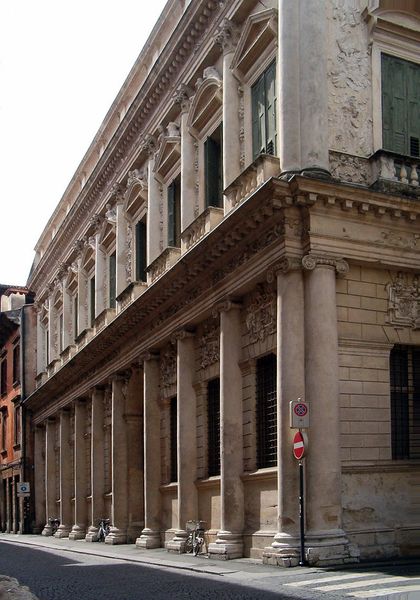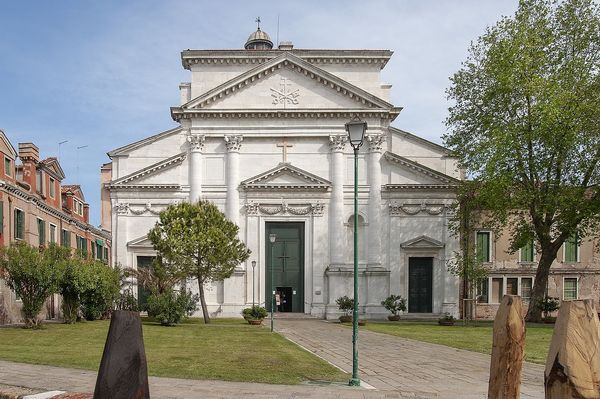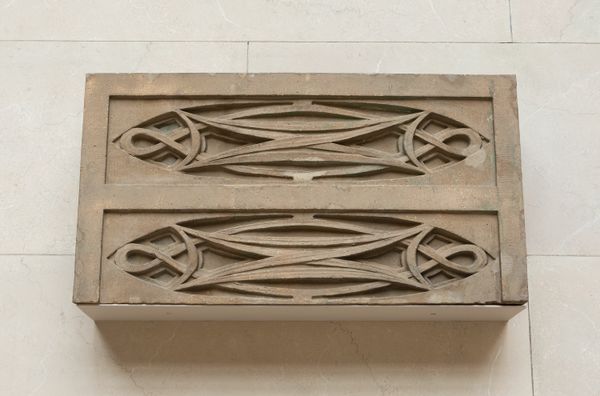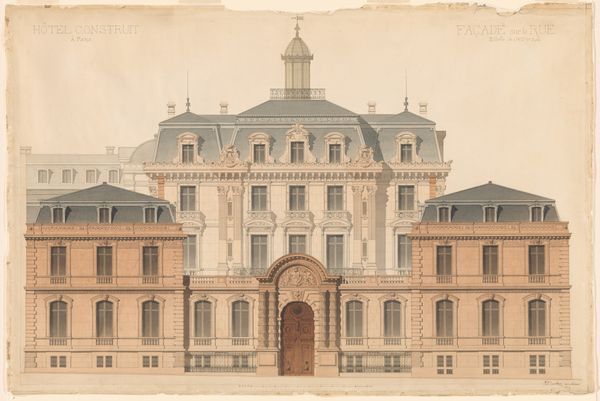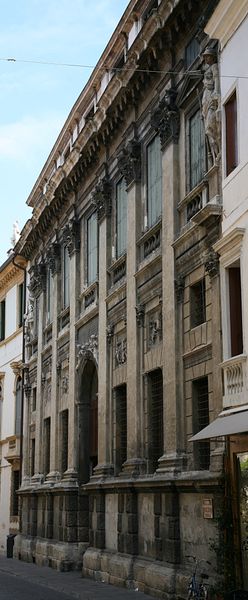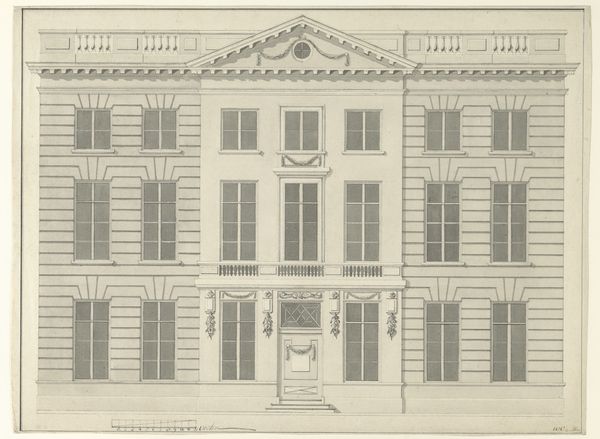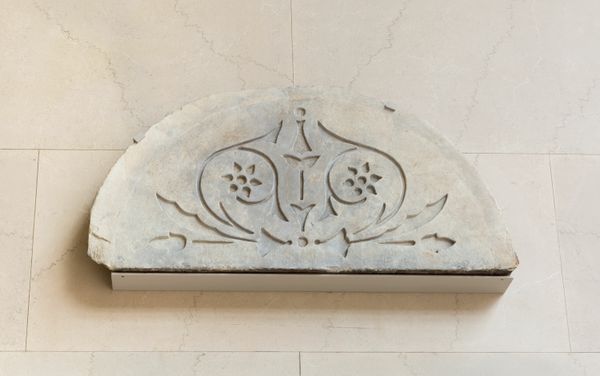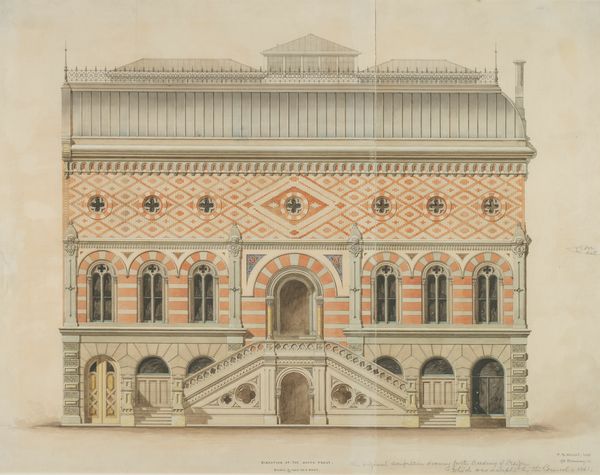
architecture
#
portrait
#
dutch-golden-age
#
architecture
Dimensions: height 180 cm, width 45 cm
Copyright: Rijks Museum: Open Domain
Melchior van Herbach’s "Stable Wall of Breda Castle" presents a compelling array of architectural symbols in brick and stone. The arches above the windows and doors, repeated across the wall, are a motif that stretches back to antiquity. From triumphal arches in Rome to the arched portals of Renaissance palaces, this architectural form has symbolized power and dominion. But, in its repetition here, it is tempered, domesticated. The arches might evoke a sense of shelter and enclosure. We see this form mirrored in the naves of cathedrals designed to convey a sense of security to the viewer. There is a play between grandeur and intimacy. The ordered, repeating structure of the wall suggests stability. Yet, this regularity also hints at the subtle human desire to contain chaos and maintain a psychological equilibrium. The symbols on the wall resonate through the ages, reflecting a continuous dialogue between past and present.
Comments
rijksmuseum about 2 years ago
⋮
The lower section of this wall was originally the facade of the horse stables of Breda Castle, the Nassaus’ most important Dutch residence from 1403. The castle was a valuable holding for both William of Orange and his sons Philip William and Maurice. Upon inheriting it in 1618, Maurice renovated the stables in the rich Dutch Renaissance style. Its front was incorporated into the Rijksmuseum in 1888 as an example of this type of architecture.
Join the conversation
Join millions of artists and users on Artera today and experience the ultimate creative platform.
